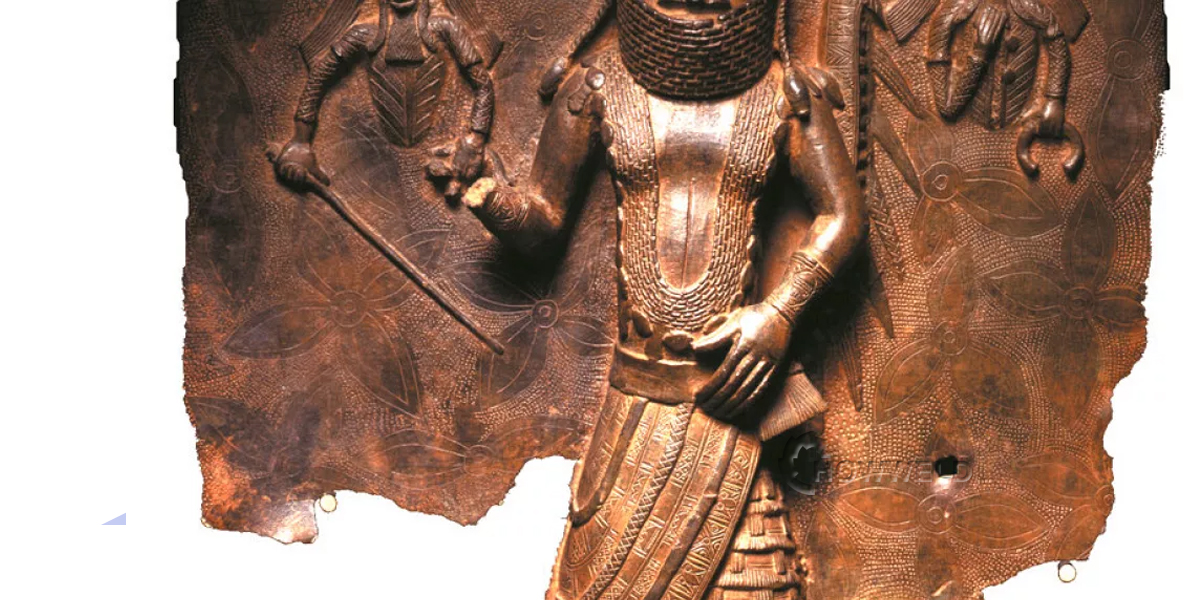Stone & Marble Surface Treatment Pulse Laser Cleaning
Time:2023-09-19
Views:574
The traditional methods of protecting artworks use mechanical and chemical methods, but using this method makes it difficult to control the process; Mechanical methods may remove the materials from the artwork itself, while chemical agents may penetrate the artwork and damage its coloration. Both of these methods may cause irreparable damage to the artwork.
Laser cleaning can clean the surfaces of cultural relics made of different materials such as stone (marble, jade), metal (bronze, iron, etc.), oil paintings, ceramics, sheepskin, paper, ivory, silk textiles, wood, etc., ensuring no residue or damage. In addition to metal rust removal, it is also used to remove ink from paper, remove stone deposition film from ceramics, and remove oil and deposition film from stone artifacts.
Laser has been proven to be the most effective cleaning system for removing asphalt from doorstones. By using two different laser systems with different pulse durations and powers, thick black layers can be completely removed without affecting the original surface.


Laser removes various unwanted colors without causing microscopic, chemical, or chromatic changes in the original image layer.
The use of laser technology is crucial for surfaces that are severely damaged and cannot tolerate traditional cleaning operations with chemical and mechanical properties, such as window frames.
The repairman turned to using lasers, in which case they pioneered the use of lasers to remove lime for cleaning. Subsequently, the wavelength bandwidth was adjusted again to remove lime washing residues and organic deposits left after the first laser treatment.
The laser avoids any side effects and adverse effects on the gold plating retained in each area, while allowing for complete removal of surface crusts, allowing the gold to regain its luster.
Laser cleaning technology has been applied to world cultural heritage sites, including Xia, Shang, and Zhou bronze artifacts, ancient Greek statues, ancient sheepskin scrolls from BC, medieval art paintings, modern Ming and Qing furniture and celadon, as well as sunken ship artifacts from the Maritime Silk Road (silver ingots, copper coins, gun barrels, shipyards, porcelain fragments) and other protection scenes. It not only showcases the treasures of Chinese culture but also protects its original beauty, It also saved a large number of Western art paintings and ancient scrolls.



